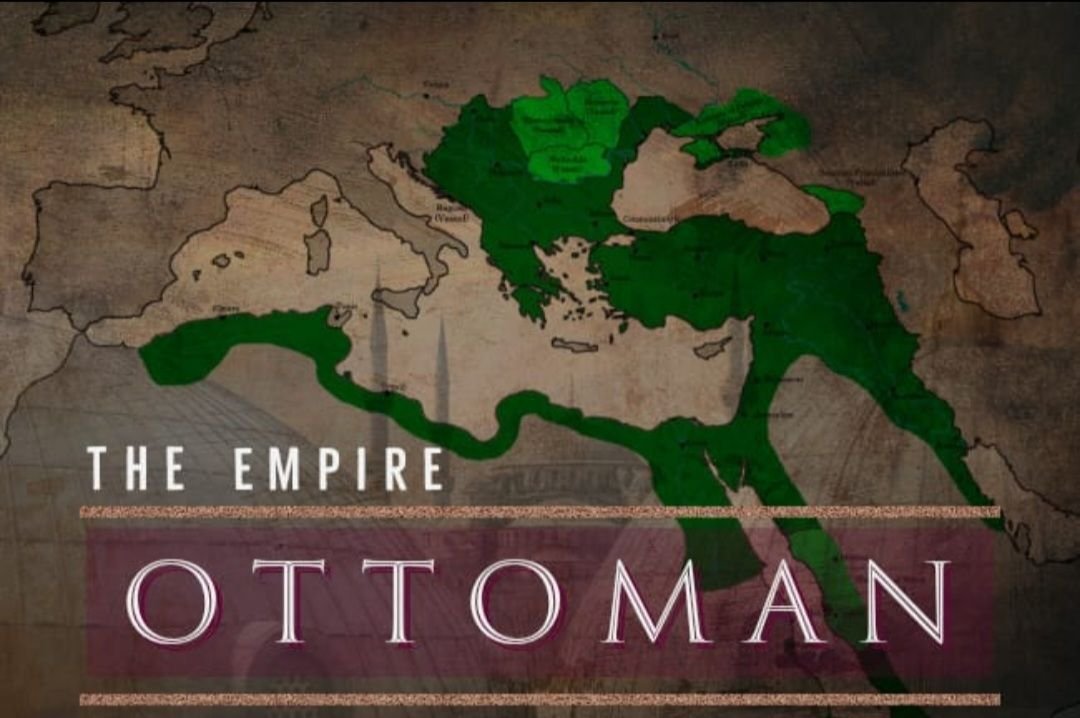
[45] Ascent and Decline of the Ottoman Empire
In The Name of Allah, The Most Merciful, The Bestower of Mercy.
When Sultan Abdul Hamid ascended to the throne, he realised that schools and the education system were increasingly influenced by Western thought, with nationalism becoming the dominant matter in these institutions. Thus, he intervened in their affairs and directed them—through his political viewpoint—towards Islamic studies. He ordered the following: The removal of literature and general history from the curricula, as they served as vehicles for Western literature and the national histories of other peoples, which could negatively impact future generations of Muslims. The inclusion of lessons on jurisprudence, interpretation, and ethics in the study programs. A strict focus on teaching Islamic history, including the Ottoman period only.
He placed the state’s schools under his personal supervision and directed them towards the service of the Islamic University. He took an interest in women and established a house for female teachers, prohibiting their mingling with men. In this context, he defended himself against the accusations from the Committee of Union and Progress, which claimed he was opposed to reason and knowledge, stating: “If I were an enemy of reason and knowledge, would I have founded the university? If I were truly an enemy of knowledge, would I have established a house for our girls – who are no different from men – to train as teachers?!”.
He fought against the unveiling of women in the Ottoman Empire and criticised the infiltration of Western morals among some Ottoman women. On October 3, 1883, a government statement appeared in the newspapers of Istanbul, reflecting the Sultan’s personal perspective on women’s attire, as follows: “Indeed, some Ottoman women who have been seen in the streets recently are wearing attire that contravenes religious law. The Sultan has informed the government of the necessity to implement measures to eradicate this phenomenon, and he has also communicated the importance of women returning to the full legal hijab. [Footnote 1] Consequently, the Cabinet convened and made the following decisions:
A one-month grace period is granted, after which women are prohibited from walking in the streets unless they wear the traditional Islamic hijab. This hijab must be devoid of any embellishments or embroidery. After one month from the publication of this statement, it is the responsibility of the police to ensure the decisive enforcement of the decisions contained herein, and the enforcement agencies must cooperate with the police in this matter. The Sultan has approved this statement along with his governmental decisions. This statement will be published in newspapers and displayed in the streets”.
On the day following the publication of this statement, specifically on October 4th, the newspaper (Time) issued in Istanbul stated: “The Ottoman society, in general, supports this decision, and it is beneficial. He believed that women are not equal to men in terms of leadership. [Footnote 2]
He also defended the polygamy at a time when Ottoman media was raising objections to this issue. The Sultan stated: “Why do some intellectuals object to this matter, and why do they not raise objections to its existence in other places outside the Ottoman state, in certain parts of Europe and America?” He emphasised: “The principle of polygamy is permissible in Islam, so what does it mean to object to it?”. [Footnote 3]
He was in favour of women’s education, which is why he established a school for female teachers to train educators for girls. However, he opposed the mixing of men and women and was against women’s unveiling. [Footnote 4] During his reign, women had no say in state affairs, regardless of their significance; their role was confined to the home and the upbringing of future generations. He treated women with a rare dignity, exemplified by his stepmother, who nurtured and raised him when he ascended to the throne. His stepmother, who played a maternal role, can be likened to a queen in modern terms, as the queen in the Ottoman palace was the mother of the sultan, not his wife, unlike in other countries. Despite all this, on the day following Sultan Abdul Hamid’s ascension to the Ottoman throne, he met with his stepmother, whom he loved dearly, kissed her hand, and said to her: “”With your kindness, I did not feel the loss of my mother, for in my eyes, you are indistinguishable from her. I have made you the royal mother. This means that the word in this palace belongs to you. However, I implore you, and I am insistent on this request – do not interfere in any way with any state affairs, whether they are large or small!”
An Excerpt from Ad-Dawla Al-Uthmaniyyah Awamil An-Nuhud Wa Asbab As-Suqut 6/471-474
[Footnote 1]
https://abukhadeejah.com/understanding-the-muslim-dress-code-modesty-for-men-and-the-hijab-for-women-islam-4-5/
https://abukhadeejah.com/the-niqab-for-the-muslim-woman-uncovering-her-face-and-hands-and-displaying-her-beautifications/
[Footnote 2]
https://abukhadeejah.com/justice-and-equality-in-islam-6-1/
[Footnote 3]
https://abukhadeejah.com/polygamy-in-islam-better-than-being-alone/
[Footnote 4]
https://abukhadeejah.com/free-mixing-between-the-sexes-in-islam-a-detailed-discussion/

